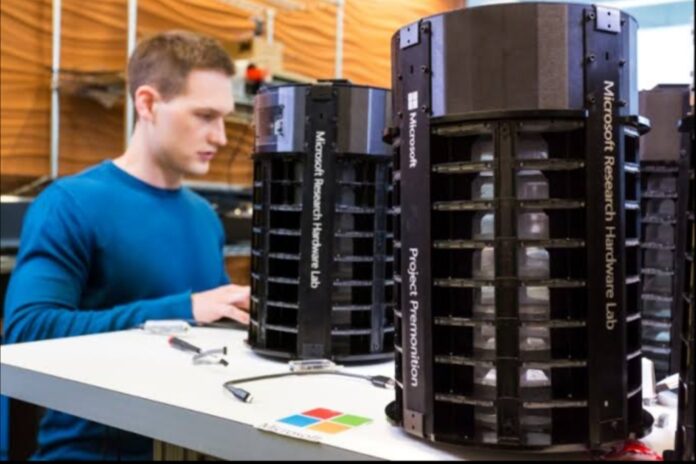Microsoft launches the hardware and software platform of Premonition for detecting biological threats. On September 22, 2020, at its Ignite conference, Microsoft announced that Premonition, robotics and sensor platform for observing and sampling disease carriers like mosquitos and a cloud-based software stack for analysing samples, will soon be in private preview.
Microsoft describes it, is to set up a system that can basically function as a weather monitoring system but also for disease outbreaks. The company first indicated the project in 2015, but it has come quite a long way since.
The project sounds like a pretty wild project, but Microsoft says it is constructed on five years of R&D in this area and they are partnering with the National Science Foundation’s Convergence Accelerator Program and academic partners like Johns Hopkins University, Vanderbilt University, the University of Pittsburgh and the University of Washington’s Institute for Health Metrics and assessment to test the tools is also developing here. Besides, it is also working with pharmaceutical giant Bayer to create a deeper understanding of vector-borne diseases and the role of autonomous sensor networks for bio-threat detection.
Presently, it seems that the focus is on diseases transmitted by mosquitos, and the company actually set up a “Premonition Proving Ground” on its Redmond campus to help researchers test their robots, train their machine learning models and also to analyse the data they collect. The company can increase and examine mosquitos in this Arthropod Containment Level 2 facility, but the main idea is to go well beyond this and monitor the entire biome.
Until now the Premonition system has scanned more than 80 trillion base-pairs of genomic material for biological threats, stated Microsoft.
Ethan Jackson, the senior director of Premonition said in a video released by Microsoft that “About five years ago, we saw that robotics, AI and cloud computing were reaching a tipping point where we could monitor the biome in entirely new ways, at entirely new scales and it was really the 2014 Ebola outbreak that led to this realization. How did one of the rarest viruses on the planet jump from animal to people to cause this outbreak? What signals are we missing that might have allowed us to predict it?”
After 2 years, in 2016, when Zika come into view, the team had already developed a small fleet of smart robotic traps that could autonomously identify and capture mosquitos. The system recognizes the mosquito and can then produce a split-second decision whether to capture it or let it fly. The trap has already been able to identify up to 10,000 mosquitos in a single night. The first place Microsoft deployed these systems in the U.S. was Harris County, Texas.
Microsoft announcing it at the Ignite conference because the whole system relies on the Microsoft Azure cloud to provide the storage and compute power to run and it’s a good way for Microsoft to show off its AI systems, also. So, by all means, Premonition is a very ambitious project.

